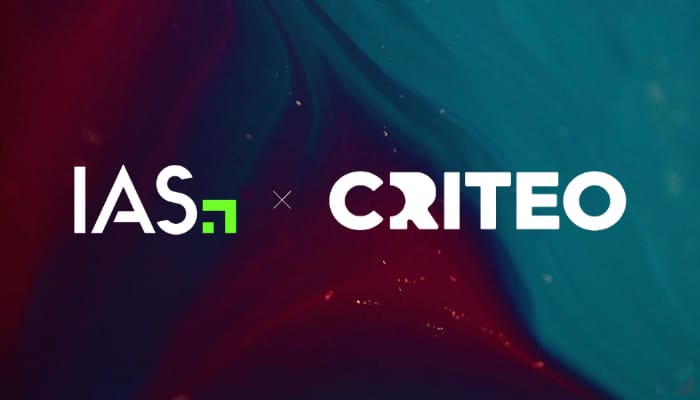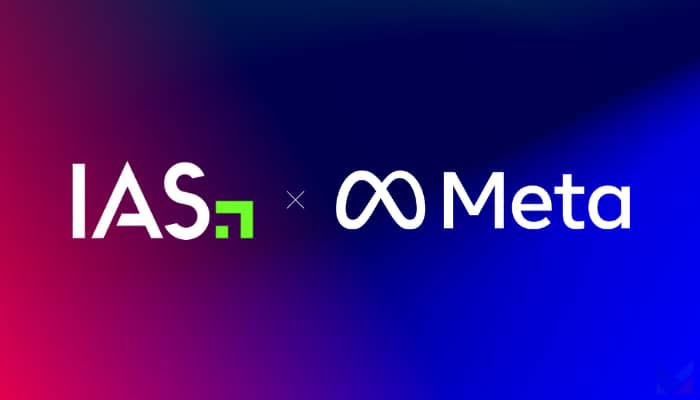Bangkok, Thailand – A large chunk of consumers in Thailand say that they have a negative perception towards a brand if their online ad appears alongside inappropriate content, with 74% saying they would trust a brand less. This is according to the latest data from Integral Ad Science (IAS).
For context, IAS notes thaat inappropriate content online for Thai consumers includes those depicting violence and human rights violations, spam or malware, piracy, explicit adult content, hate speech, illegul drugs, alcohol, smoking, terrorism, profanity, and debate on sensitive topics.
Data notes that around 71% of the respondents would feel less favourable towards a brand that advertises near inappropriate content, and 67% saying they are likely to stop using a product and/or service of a brand whose ad appears near inappropriate content.
In terms of brand accountability, 71% believe that brands are responsible for the content surrounding their ads, 74% say that the content surrounding a brand’s ads is a reflection of their values, and 72% believe that brands have a responsibility to publicly denounce offensive content online.
Lastly, both 70% of respondents agree that they are likely to recommend the brand to others when their ad appears near appropriate content and that they are likely to purchase a product and/or service from the brand whose ad(s) appear near appropriate content.
In an exclusive interview with MARKETECH APAC, Megan Reichelt, country manager for SEA at IAS, stressed the importance of placing ads on safe environments, noting that they will be likely to be seen by the right people and have a positive impact on the brand. This in turn can lead to improved campaign performance in terms of reach, engagement, and conversions.
“Brand safety is important to Thai marketers because it helps to protect their brand reputation and avoid negative publicity. In recent years, there have been a number of high-profile incidents of brand safety breaches, such as ads appearing alongside inappropriate or offensive content. These incidents have damaged the reputations of the brands involved and led to calls for stricter regulations in the digital advertising industry,” Reichelt stated.
She also added that when a brand’s ad appears alongside inappropriate or offensive content, it can damage the brand’s reputation and make consumers lose trust in the brand.
“A brand safety breach can lead to negative publicity for the brand, which can damage its reputation and sales. In some cases, brand safety breaches have even led to legal action against the brands involved,” she noted.
Reichelt also added that stakes are high when the industry talk about keeping a brand safe, as a given brand’s image may have been carefully crafted over the years, only to be destroyed for a consumer in the milliseconds it takes for a display ad to render next to the ‘wrong’ content.
“This damage can spread further in the time it takes to snap a screen grab and post it. So, what happens next? The digital version of guilt by association—your brand now appears to represent something that it probably does not,” she said.
When asked how brands can place their ads at the right place, she advises that aside from working with trusted publishers as well as third-party verification providers, it is also important to understand contextual advertising.
“Contextual targeting is a method of placing ads based on the content of the page where they are being displayed. This means that ads for cars will be more likely to appear on pages about cars, and ads for shoes will be more likely to appear on pages about shoes,” she said.
All of these advices fall under the goal of attaining brand safety, as well as an advertisement appearing in a suitable context.
“There is no shortage of misinformation and social media commentary related to any number of topics right now, so many regional marketers are actively looking to understand the facts associated with brand suitability. The conversation is indeed fast evolving from the binary focus of brand safety to the more nuanced and bespoke brand suitability. In today’s digital landscape, we are scaling successfully through the likes of programmatic—now we need to focus on quality,” she concluded.


















